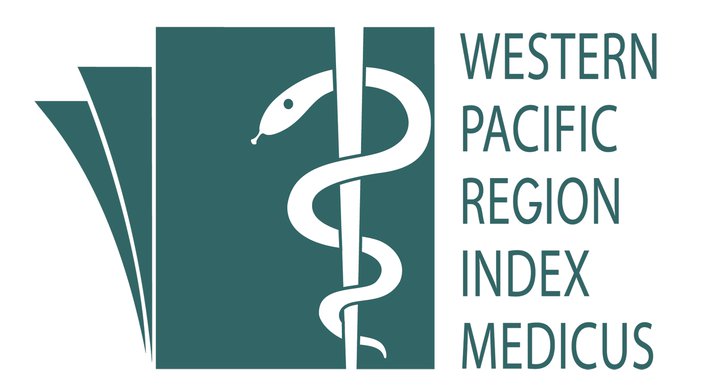Safety Culture in Handling Radioactive Materials for Radiation Practitioners: A Review
Abstract
This paper reviews the safety culture in handling radioactive sources. Safety culture refers to how safety is addressed and communicated in the workplace. It encompasses the attitudes, beliefs, perceptions, and values of all employees in an organization in relation to safety. A good safety culture can be promoted by management through commitment to safety, realistic practices for handling hazards, continuous organizational learning and concern for hazards shared across the workforce. The radioactive substances used should comply with the following characteristics where radiotoxicity must be as low as possible, short-living isotopes are preferred than long-living ones and the amounts used must be kept to a minimum. Therefore, the ‘As Low As Reasonably Achievable’ (ALARA) principle was applied that based on the minimization of radiation doses and limiting the release of radioactive materials into the environment by employing all reasonable methods. Besides that, the ALARA principle is an integral part of all activities that involve the use of radiation or radioactive materials and can help prevent unnecessary exposure as well as overexposure. The three major ALARA principles to assist with maintaining doses are time, distance and shielding. It takes a whole team effort to successfully implement the ALARA in safety culture while doing routine element of working in handling radioactive materials.
Published
How to Cite
Issue
Section
License
IJPHR applies the Creative Commons Attribution (CC BY) license to articles and other works we publish. If you submit your paper for publication by IJPHR, you agree to have the CC BY license applied to your work. Under this Open Access license, you as the author agree that anyone can reuse your article in whole or part for any purpose, for free, even for commercial purposes. Anyone may copy, distribute, or reuse the content as long as the author and original source are properly cited. This facilitates freedom in re-use and also ensures that IJPHR content can be mined without barriers for the needs of research.





